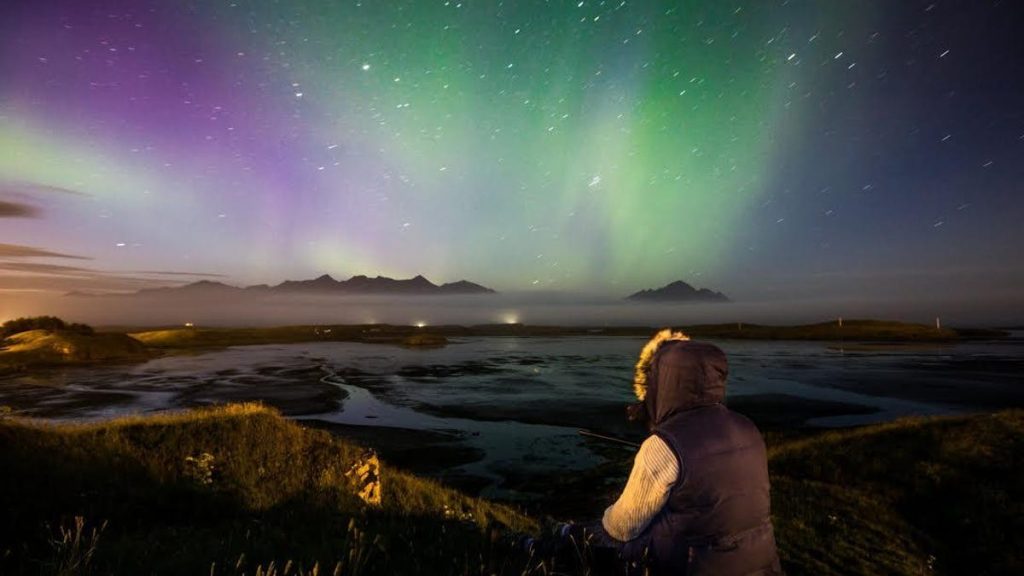One of the largest geomagnetic storms in decades is occurring, bringing the Northern Lights to a wider audience than usual. The National Oceanic and Atmospheric Administration’s Space Weather Prediction Center issued a severe geomagnetic storm watch starting on May 10 and continuing through the weekend. The storm has already created incredible light shows in the night sky, but it also poses risks to power grids and communication systems. At least five earth-directed coronal mass ejections were observed and expected to persist through May 12, caused by a large sunspot cluster.
While most geomagnetic storms cause minimal disruption on Earth, they can affect radio communications and satellites. In extreme cases, a geomagnetic storm can lead to significant power outages and other issues with satellite systems and communications. However, measures are in place to protect infrastructure in near-Earth orbit and on the Earth’s surface. Despite the potential for disruptions, most people using consumer wireless networks are unlikely to be affected, as mobile carriers usually have backups in place.
For individuals in the aurora viewing zone, there may be some disruptions to high-frequency radio usage, but beyond that, special precautions are not necessary for most people. Severe geomagnetic storms have the potential to impact the power grid, but wireless carriers generally have the capability to manage any issues that arise. Despite the risks, geomagnetic storms also offer the opportunity to witness stunning auroras in the night sky, with the plasma they carry creating vivid displays of light.
Auroras can be seen in various locations impacted by geomagnetic storms, with the potential for sightings as far south as Alabama and Northern California during severe storms. NOAA offers viewlines and a 30-minute aurora forecast to assist individuals in observing the auroras. While sightings can be difficult due to factors such as light pollution and weather conditions, many people travel to places like Alaska or northern countries to increase their chances of witnessing and photographing the auroras. Tour organizers now offer trips centered around the hope of experiencing this natural phenomenon.


